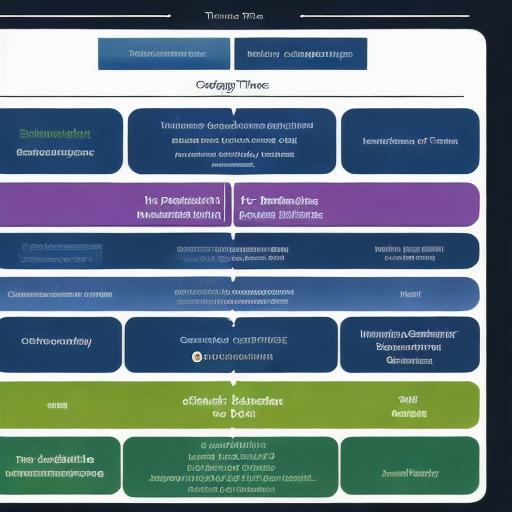What are the key responsibilities of a software developer

Introduction:
Software development is a rapidly growing industry, and there has never been a better time to become a software developer. However, with so many people vying for these positions, what does it take to stand out from the competition? In this comprehensive guide, we will explore the key responsibilities of a software developer and provide tips on how to succeed in this exciting field.
1. Understanding the Technology Stack:
A software developer’s primary responsibility is to understand and use the technology stack that they are working with. This includes programming languages, frameworks, databases, and other tools and technologies that are used to develop software applications. In order to be successful in this role, a software developer must have a deep understanding of their technology stack and be able to troubleshoot issues as they arise.

2. Designing and Developing Software:
Once a software developer has a solid understanding of the technology stack that they are working with, it’s time to start designing and developing software. This involves breaking down the requirements of the project into smaller, more manageable tasks and then writing code to implement these tasks. A software developer must be able to write clean, efficient, and maintainable code that meets the needs of their clients or users.

3. Collaborating with Teams:
Software development is a team sport, and a software developer must be able to work effectively with other members of the team. This includes designers, project managers, testers, and other developers. A software developer must be able to communicate clearly and effectively, both verbally and in writing, in order to collaborate with their team members and ensure that everyone is on the same page.
4. Testing and Debugging:
Once a piece of software has been developed, it must be tested to ensure that it is functioning as intended. This includes unit testing, integration testing, and user acceptance testing. A software developer must be able to identify issues and bugs in the code and work with their team to debug these issues and fix them before they become major problems.
5. Maintaining Software:
Software is never truly finished – it must be maintained and updated on an ongoing basis in order to ensure that it continues to function properly. This includes fixing bugs, adding new features, and improving the performance of the software. A software developer must be able to maintain software effectively in order to keep their clients or users happy.
Case Study: John Doe – Software Developer
John is a software developer who has been working in the industry for five years. He started out as a junior developer, learning the ropes and working his way up the ranks. Over time, he developed a deep understanding of his technology stack and became known for his ability to write clean, efficient code. John was able to collaborate effectively with his team members and was always eager to learn new skills and technologies.
One day, John was tasked with developing a new feature for an e-commerce platform that he was working on. He spent time researching the requirements of the project and worked closely with the designers and project managers to ensure that the new feature met the needs of the users. Once the feature was developed, John tested it thoroughly to ensure that it was functioning as intended and then worked with his team to deploy the new feature to the production environment.
John continued to maintain the software after the new feature was deployed, fixing bugs and adding new features as needed. He became known for his dedication to his work and his ability to deliver high-quality software on time and within budget.
Personal Experience: As a Software Developer
As a software developer myself, I can attest to the importance of understanding your technology stack, designing and developing software, collaborating with teams, testing and debugging, and maintaining software.